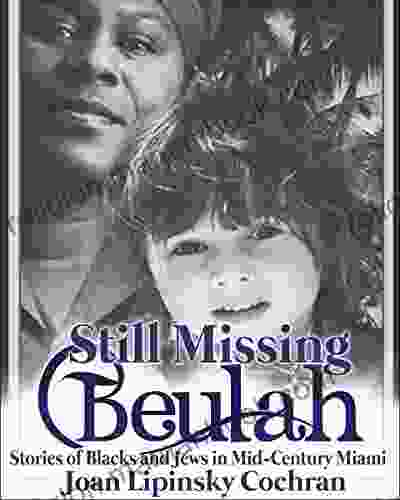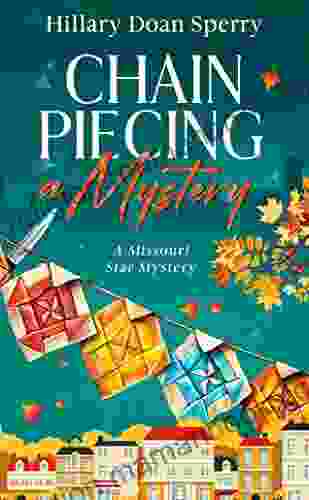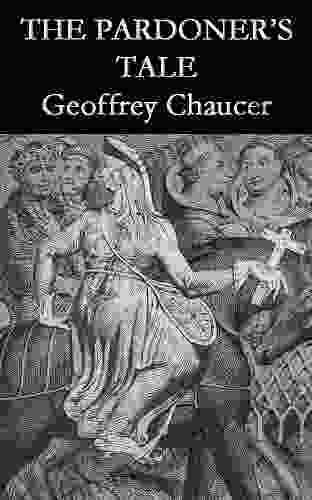Stories of Blacks and Jews in Mid-Century Miami: A Journey of Resilience and Shared Struggle

Miami, a vibrant and diverse city, has a rich history that includes both triumphs and struggles. In the mid-20th century, Miami was a major destination for both Blacks and Jews, who came seeking a better life and a place to escape discrimination.
Blacks in Miami faced many of the same challenges as Blacks in other parts of the country. They were subject to segregation, discrimination, and even violence. However, they also found strength and support in their community.
4.7 out of 5
| Language | : | English |
| File size | : | 2740 KB |
| Text-to-Speech | : | Enabled |
| Screen Reader | : | Supported |
| Enhanced typesetting | : | Enabled |
| Word Wise | : | Enabled |
| Print length | : | 87 pages |
| Lending | : | Enabled |
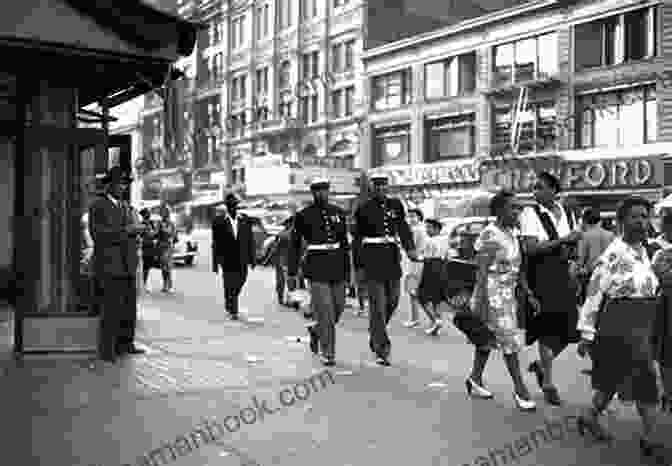
Blacks in Miami in the mid-20th century. Image courtesy of the Miami-Dade Public Library System.
One of the most important institutions in the Black community was the church. Churches provided a place for Blacks to worship, socialize, and organize for social and political change.
In the 1950s and 1960s, Miami's Black community was at the forefront of the Civil Rights Movement. Blacks organized protests, boycotts, and sit-ins to demand their rights.
Jews in Miami also faced discrimination, but it was often more subtle than the discrimination faced by Blacks. Jews were often excluded from certain clubs and neighborhoods, and they faced quotas in education and employment.

Jews in Miami in the mid-20th century. Image courtesy of the Miami-Dade Public Library System.
Like Blacks, Jews found strength and support in their community. They established synagogues, schools, and other institutions to serve their needs.
In the mid-20th century, Miami was home to a large population of Holocaust survivors. These survivors had fled Europe after the Holocaust and were seeking a new beginning in America.
Holocaust survivors brought with them their own unique experiences and challenges. They had to deal with the trauma of the Holocaust, as well as the challenges of adjusting to a new country.
Despite the challenges they faced, Blacks and Jews in Miami made significant progress in the mid-20th century. They fought for their rights, built their communities, and made a lasting impact on the city.

Blacks and Jews in Miami in the mid-20th century. Image courtesy of the Miami-Dade Public Library System.
The Overtown and Brownsville Neighborhoods
Overtown and Brownsville were two of the most important Black neighborhoods in Miami in the mid-20th century. Overtown was known as the "Harlem of the South" and was a center of Black culture and commerce.
Brownsville was a working-class neighborhood that was home to many Black families. Both Overtown and Brownsville were thriving communities, but they also faced significant challenges.
One of the biggest challenges facing Overtown and Brownsville was white flight. In the 1950s and 1960s, many white families moved out of these neighborhoods, leading to a decline in population and investment.
Despite the challenges, Overtown and Brownsville remained important centers of Black life in Miami. These neighborhoods were home to a number of important businesses, churches, and schools.
Liberty City
Liberty City was another important Black neighborhood in Miami in the mid-20th century. Liberty City was founded in the 1930s as a housing project for Black families.
In the 1950s and 1960s, Liberty City became a major destination for Black families moving to Miami from other parts of the country.
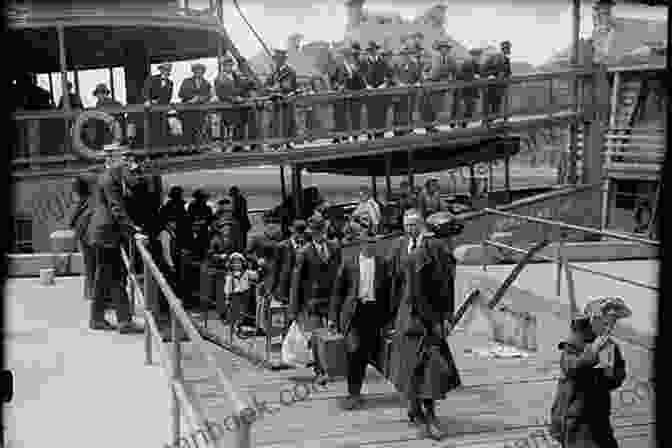
Liberty City in the mid-20th century. Image courtesy of the Miami-Dade Public Library System.
Liberty City was a vibrant community, but it also faced a number of challenges. The neighborhood was plagued by poverty, crime, and unemployment.
Despite the challenges, Liberty City remained an important center of Black life in Miami. The neighborhood was home to a number of important businesses, churches, and schools.
South Beach
South Beach was a popular tourist destination in the mid-20th century. However, it was also a place where Jews faced discrimination.
In the 1950s and 1960s, many hotels and restaurants in South Beach refused to serve Jews. This discrimination led to protests and boycotts by Jewish organizations.
Despite the discrimination, Jews continued to visit South Beach. In the 1960s and 1970s, South Beach became a popular destination for Jewish tourists from all over the world.

South Beach in the mid-20th century. Image courtesy of the Miami-Dade Public Library System.
Holocaust Survivors
In the mid-20th century, Miami was home to a large population of Holocaust survivors. These survivors came to Miami from all over Europe, seeking a new beginning in America.
Holocaust survivors brought with them their own unique experiences and challenges. They had to deal with the trauma of the Holocaust, as well as the challenges of adjusting to a new country.
Many Holocaust survivors settled in South Beach. They established synagogues, schools, and other institutions to serve their needs.
Holocaust survivors made a significant contribution to the Miami community. They brought with them their skills and talents, and they helped to build the city into a vibrant and diverse metropolis.
Interfaith Relations
Throughout the mid-20th century, Blacks and Jews in Miami worked together to fight discrimination and promote equality.
Blacks and Jews participated in the same civil rights demonstrations and boycotts. They also organized interfaith dialogues and other events to promote understanding and cooperation.
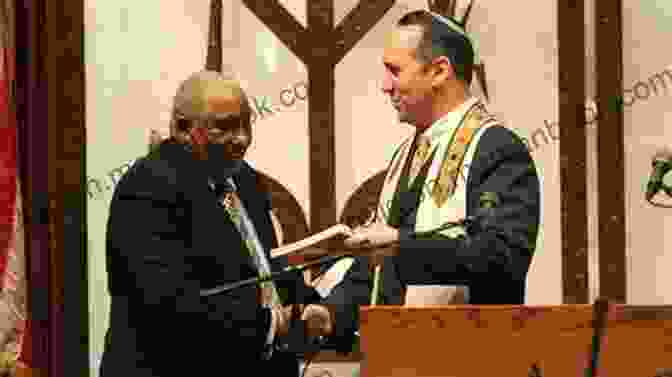
Interfaith relations between Blacks and Jews in Miami in the mid-20th century. Image courtesy of the Miami-Dade Public Library System.
The relationship between Blacks and Jews in Miami was not always easy. There were times of tension and conflict. However, Blacks and Jews in Miami were able to overcome these challenges and build a strong and lasting alliance.
Legacy
The stories of Blacks and Jews in mid-century Miami are stories of resilience, struggle, and hope. These stories remind us of the importance of fighting for equality and justice, and of the power of community and interfaith cooperation.
The legacy of Blacks and Jews in Miami can be seen in the city's diverse and vibrant culture. Miami is a city that is proud of its Black and Jewish heritage, and that continues to celebrate the contributions of these two communities.
4.7 out of 5
| Language | : | English |
| File size | : | 2740 KB |
| Text-to-Speech | : | Enabled |
| Screen Reader | : | Supported |
| Enhanced typesetting | : | Enabled |
| Word Wise | : | Enabled |
| Print length | : | 87 pages |
| Lending | : | Enabled |
Do you want to contribute by writing guest posts on this blog?
Please contact us and send us a resume of previous articles that you have written.
 Top Book
Top Book Novel
Novel Fiction
Fiction Nonfiction
Nonfiction Literature
Literature Paperback
Paperback Hardcover
Hardcover E-book
E-book Audiobook
Audiobook Bestseller
Bestseller Classic
Classic Mystery
Mystery Thriller
Thriller Romance
Romance Fantasy
Fantasy Science Fiction
Science Fiction Biography
Biography Memoir
Memoir Autobiography
Autobiography Poetry
Poetry Drama
Drama Historical Fiction
Historical Fiction Self-help
Self-help Young Adult
Young Adult Childrens Books
Childrens Books Graphic Novel
Graphic Novel Anthology
Anthology Series
Series Encyclopedia
Encyclopedia Reference
Reference Guidebook
Guidebook Textbook
Textbook Workbook
Workbook Journal
Journal Diary
Diary Manuscript
Manuscript Folio
Folio Pulp Fiction
Pulp Fiction Short Stories
Short Stories Fairy Tales
Fairy Tales Fables
Fables Mythology
Mythology Philosophy
Philosophy Religion
Religion Spirituality
Spirituality Essays
Essays Critique
Critique Commentary
Commentary Glossary
Glossary Bibliography
Bibliography Index
Index Table of Contents
Table of Contents Preface
Preface Introduction
Introduction Foreword
Foreword Afterword
Afterword Appendices
Appendices Annotations
Annotations Footnotes
Footnotes Epilogue
Epilogue Prologue
Prologue Jing Wang
Jing Wang Buddy Levy
Buddy Levy Sir Max Hastings
Sir Max Hastings Mary Campisi
Mary Campisi Tango Adams
Tango Adams Emma Donoghue
Emma Donoghue Nick Middleton
Nick Middleton Ian Inglis
Ian Inglis Kimber Shook
Kimber Shook Kirsten Kirby
Kirsten Kirby Garry Goodman
Garry Goodman Denise Brienne
Denise Brienne Chris Allcock
Chris Allcock Lene Fogelberg
Lene Fogelberg Gene M Kerns
Gene M Kerns Dr Faith G Harper
Dr Faith G Harper Bev Burgess
Bev Burgess Lavelle D Eagle
Lavelle D Eagle Robin C Whittaker
Robin C Whittaker Harriet Lerner
Harriet Lerner
Light bulbAdvertise smarter! Our strategic ad space ensures maximum exposure. Reserve your spot today!

 Fredrick CoxFake It for Love: A Faux Love Novel That Explores the Complexities of Modern...
Fredrick CoxFake It for Love: A Faux Love Novel That Explores the Complexities of Modern... Leo TolstoyFollow ·14.7k
Leo TolstoyFollow ·14.7k Sammy PowellFollow ·4.6k
Sammy PowellFollow ·4.6k Dean ButlerFollow ·4.7k
Dean ButlerFollow ·4.7k Brandon CoxFollow ·7.4k
Brandon CoxFollow ·7.4k Junot DíazFollow ·8.8k
Junot DíazFollow ·8.8k Cody BlairFollow ·2k
Cody BlairFollow ·2k Hugo CoxFollow ·3.9k
Hugo CoxFollow ·3.9k Billy FosterFollow ·13.5k
Billy FosterFollow ·13.5k
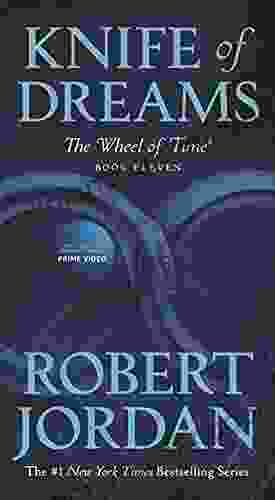
 David Peterson
David PetersonUnveiling Eleven of the Wheel of Time: A Journey Through...
In the vast and intricate...
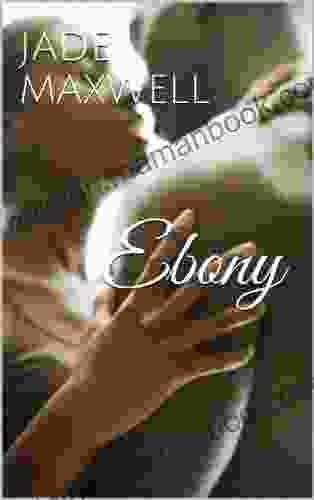
 Curtis Stewart
Curtis StewartEbony Jay Rice: A Rising Star in the Entertainment...
Ebony Jay Rice is a force to be reckoned...

 Matt Reed
Matt ReedNavigating Mental Health with Science: Overcoming...
Mental health is an integral part of...
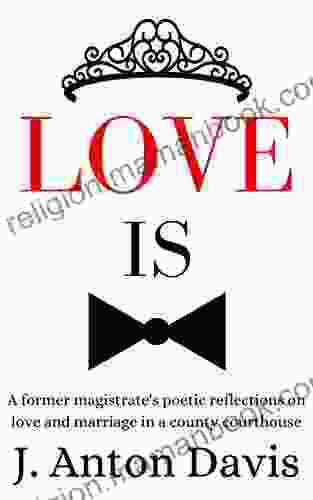
 Guillermo Blair
Guillermo BlairFormer Magistrate's Poetic Reflections on Love and...
In the hallowed halls...

 Corey Green
Corey GreenOf the Dead: William Burroughs' Post-Beat Masterpiece
William S. Burroughs' Of the...
4.7 out of 5
| Language | : | English |
| File size | : | 2740 KB |
| Text-to-Speech | : | Enabled |
| Screen Reader | : | Supported |
| Enhanced typesetting | : | Enabled |
| Word Wise | : | Enabled |
| Print length | : | 87 pages |
| Lending | : | Enabled |


